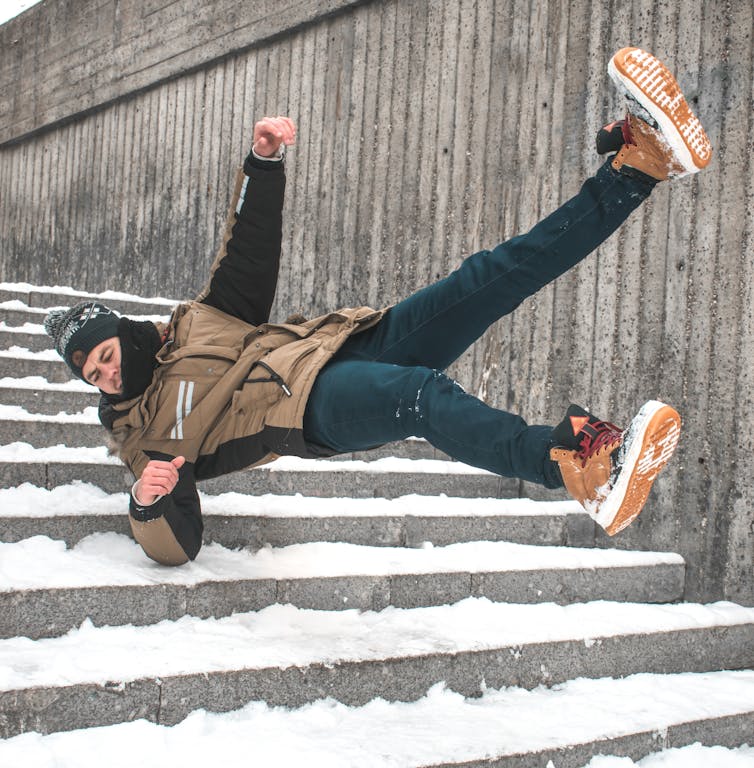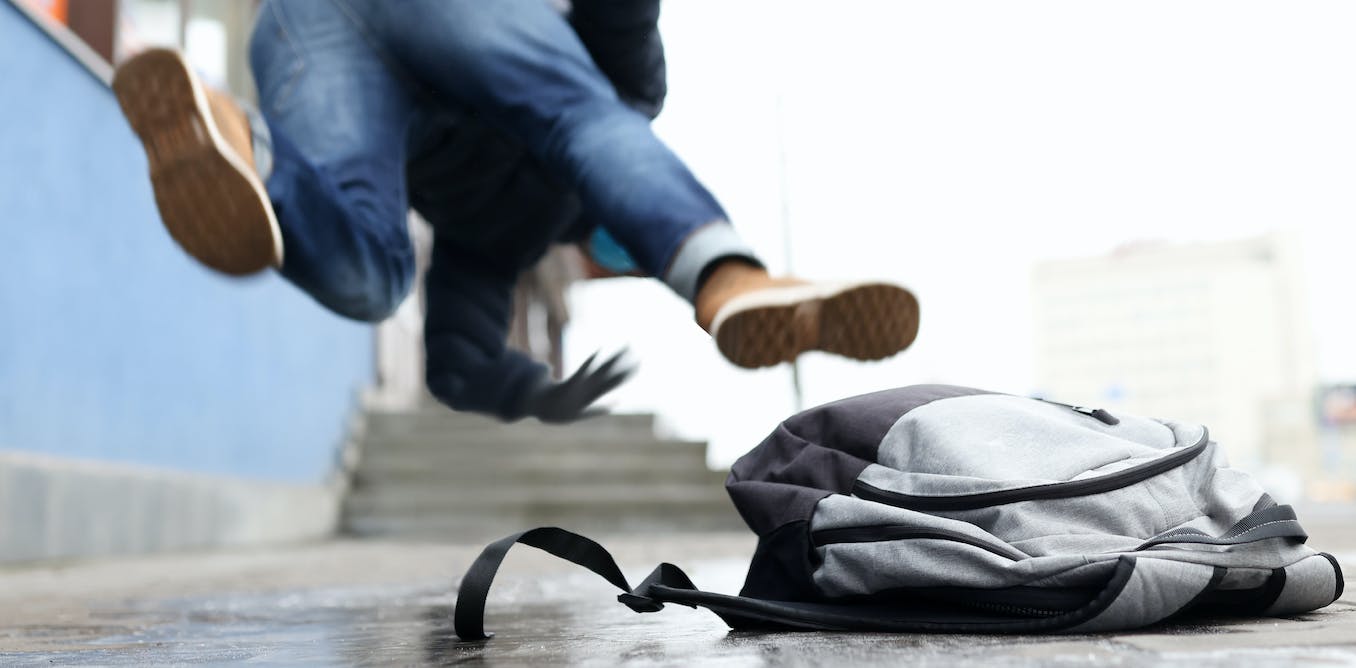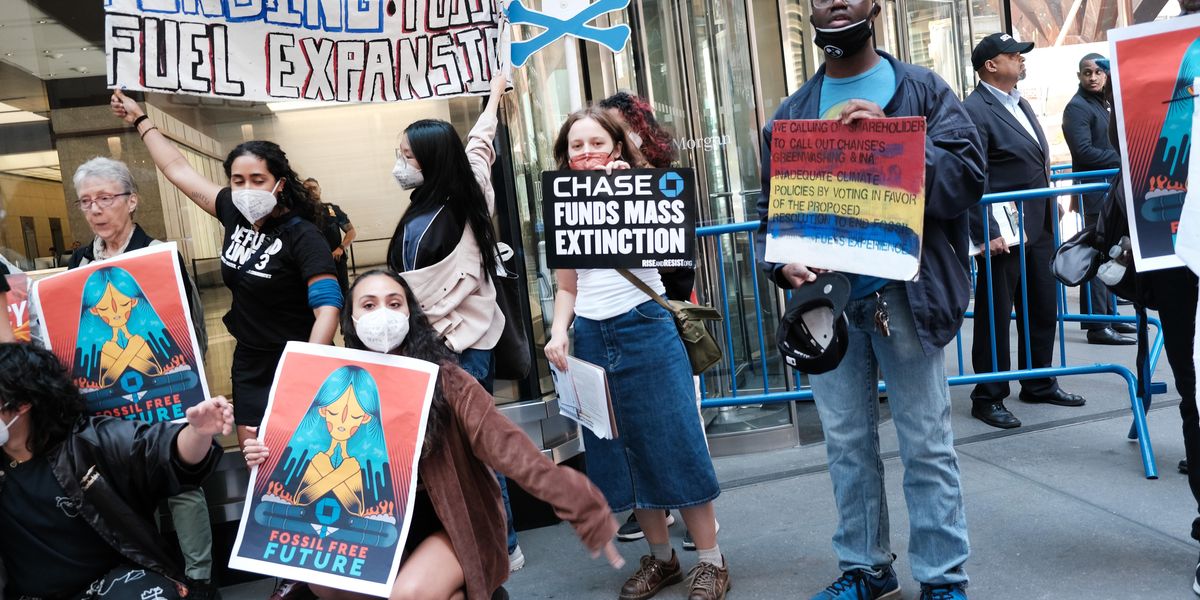Who among us has never laughed out loud when a friend stumbles on the pavement, bumps their head while standing up, or misses a step on the stairs?
I’m the first to admit to being guilty of this behaviour. So I would like to take this opportunity to apologize (once again) to my colleague Janie for bursting out laughing when I saw her collapse onto the floor in slow motion, in little jolts, as her legs went numb.
Clumsiness, loss of balance, falls — it’s the stuff of Charlie Chaplin’s adventures, burlesque performances with banana peels, and America’s Funniest Home Videos children falling and people “getting stuck!” We laugh heartily, often uncontrollably, while watching these scenes.
But shouldn’t we actually feel empathy for the person involved, who is, after all, in a vulnerable, potentially humiliating situation? Rest assured, our laughter is not provoked by lack of empathy or sadism.
As a clinical psychologist who is an expert in the field of emotion regulation, I would like to shed light on the different aspects of these situations which have the potential to trigger our usually well-meaning laughter.

(Shutterstock)
Unpredictability and incongruity
The first of these ingredients is surprise. More specifically, it is seeing a person surprised by a situation in everyday life, when it seemed like they had everything under control only a few seconds earlier. The unexpected situation surprises us and creates a departure from the predictable, from what we expected to see.
This incongruous situation highlights our errors of prediction: we predicted that the sequence of X would be Y, but then the events unfolded in an unexpected way via B. We made a mistake in our prediction of what would happen. It is no longer coherent. Laughing at the situation is a way of resolving the incongruity by formulating a new, more coherent, comic interpretation of what we witnessed.
Facial expression
Faced with this surprising and incongruous situation, our brain searches for information that will allow us to interpret what is happening and to react accordingly. What does the face of the person who stumbles communicate to us? What we decode will determine our reaction.
A study explored this avenue of research with participants who were asked to view 210 images representing three types of faces:
faces expressing a puzzled look;
faces expressing pain or anger; and
people whose bodies were placed in awkward positions, without the face being visible (e.g. the face hidden by skis; or the head shown in profile with the face hidden by the person’s arm).
Twenty extra landscape images were added to the set of photos in order to confuse participants about the purpose of the study. Participants were asked to press a button each time a landscape image appeared and their brain activity was recorded during the task. Participants were also asked to indicate how funny they thought each image was.
At the end of the study, participants rated the images with puzzled faces as funnier than images in which the faces expressed pain or anger, and funnier than images in which bodies were shown in ridiculous positions but no facial expression was seen. The brain data also supported facial expression as an ingredient in how funny we found these bizarre situations to be.
So, when we perceive perplexity in the facial expression of the victim of clumsiness (a look of bewilderment, surprise or astonishment), this information creates a context that triggers our laughter. On the other hand, if we can read suffering or anger in the facial expression, we will be touched by the distress of the victim of the fall and be empathetic to their distress, which will prevent us from laughing. Our neural circuits appear to have the ability to recognize and appreciate the funny elements of unfortunate situations and analyze the context as non-threatening.
What if it were me…
Witnessing another person’s unfortunate situation causes us to imagine ourselves in that same situation and ask, “What if it were me…?”
We identify with what they are going through and what they must be feeling. This exercise in empathy can quickly activate issues of discomfort, powerlessness, humiliation and shame within us. Laughter in that case allows us to externalize our relief at not being in the shoes of that unfortunate person.
Let’s forgive ourselves for laughing at comical situations involving other people’s clumsiness! We aren’t laughing at the other person’s suffering or distress; we are reacting to their surprise, to the incongruity of the situation and to their bewildered expression, having deciphered that they are not actually in distress and have not really hurt themselves.
And on that note, I look forward to making you laugh when I myself stumble on a crack in the pavement!




